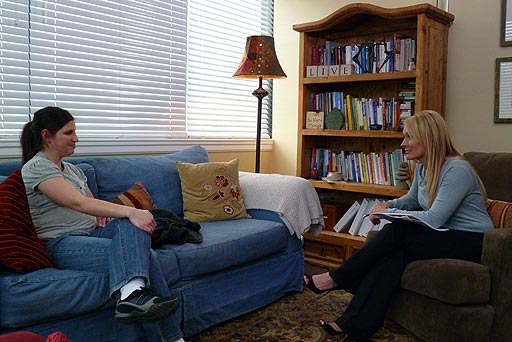Creating consistent online content can help grow your practice faster than almost any other marketing or networking activity
According to PCMag.com digital content creation is "The development of newsworthy, educational and entertainment material for distribution over the Internet or other electronic media." It falls under the umbrella of content marketing which is a narrative form of sharing information that speaks to a potential client's need while sharing who you are and the benefits of what you do. Content creation is a way of building trust online and with potential clients by being a valuable resource without asking for anything in return.
Consistently creating compelling and relevant content is the primary reason my private practice has continued to grow in spite of the economic downturn of recent years. Not only has my clinic grown, but since I started regularly blogging, writing, producing videos, and doing media interviews amazing opportunities have come my way. Publishing offers, national media interviews, conference invitations, consulting business, and over 25,000 social followers across multiple social networks are just a few of the incredible doors that have opened to me since I started focusing on content creation.
Here are 4 reasons that becoming a content creator can help build your private practice:
1) Visibility
Posting new content on your own practice website will help your site rank higher in search engines. Creating content for other websites, like guest blogging or interviewing with local news agencies who post the video clip and story online, also provides a SEO boost because it demonstrates that you are relevant and it strengthens your online presence. The easier it is for potential clients to find you online, the quicker your practice will grow.
2) Presence
Because the majority of adults are searching for health information online a strong online presence is critical for growing your practice. A general marketing rule is that it takes about 7 exposures to a brand or product before someone will buy a product or service. Strengthening your online presence makes it more likely that potential clients will be exposed to your "brand" and chose to become your client.
3) Value
Content creation can be another form of community education and a way to provide value to everyone, whether or not they become clients. Content that shares helpful information and answers the needs of people you are qualified to help is tremendously valuable. From a business standpoint, content creation provides an incentive for visitors to return to your practice website for your valuable content, which helps build trust in your services.
4) Credibility
Content allows you to show or demonstrate your expertise and competence instead of just telling someone about it. While I have always been an early internet/technology adopter and I've owned a private practice for over a decade, it wasn't until I started writing this Private Practice Toolbox blog that I became a credible practice building "expert". Creating regular content that meets a need for private practice therapists has allowed me to connect with therapists around the globe and to add private practice consulting as an additional income stream. Largely due to content creation on this blog alone, I have been invited to present to the National Association Of Social Workers on building an online presence, to co-present with PsychCentral founder John Grohol at South By Southwest Conference, and to write the feature article for the current issue of Online Therapy Institute's TILT magazine, and have presented locally on practice building.




 Blogging is a great way to talk to potential clients about your private practice services and specialties. You can set up a blog account for free at
Blogging is a great way to talk to potential clients about your private practice services and specialties. You can set up a blog account for free at
As healers, we genuinely like to do our work. Guiding clients through the therapy process and seeing them make progress is why we do what we do. But if you're in private practice, you know there's a lot going on in the back end and that it's crucial to run an efficient and organized business.